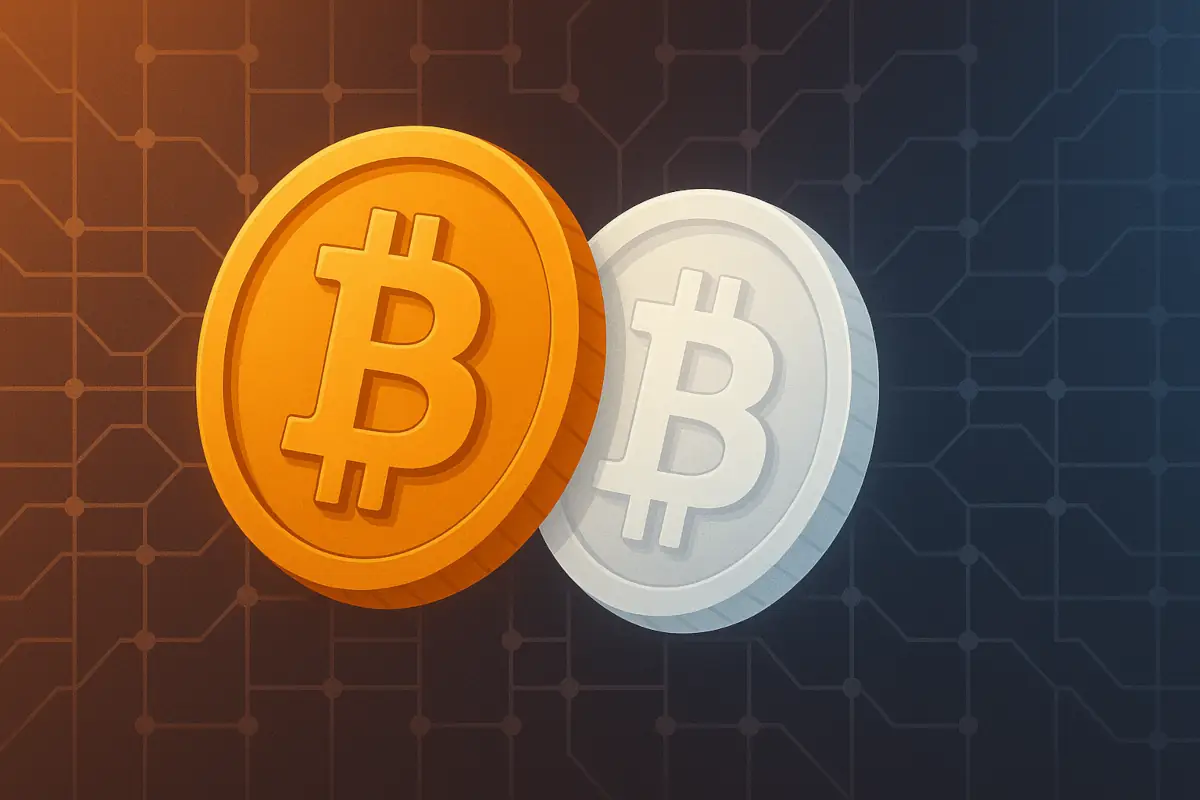Buying a cold wallet is a solid upgrade for anyone looking to secure their crypto. Unlike hot wallets, which stay connected to the internet, cold wallets offer protection by staying offline, keeping your private keys safe from hacks and unauthorized access. But while choosing a cold wallet is generally a smart decision, the process can come with unexpected issues – especially for newer users. Small oversights can lead to major complications or even permanent loss of funds.
Read also: Should You Have a Cold Wallet?
Here are five common mistakes to avoid when choosing and setting up a cold wallet for your crypto.
Table of Contents
Click to Expand
Mistake 1: Not checking compatibility with devices
There are several types of cold wallets available – hardware devices, NFC-enabled cards, USB sticks, and others – but not all of them work with every device or operating system. For example, wallets that use NFC, like card-based models such as Tangem, require a smartphone to operate and are not usable on desktop or laptop computers.
Other wallets may require dedicated software that is only compatible with specific platforms. While some cold wallets support Windows and macOS, others may not support Linux, or may have limited functionality depending on your system.
If you use more than one device or work across different operating systems, it’s essential to verify in advance that your wallet is fully supported. Otherwise, you may not be able to access your funds without switching devices or operating environments.
Mistake 2: Not checking compatibility with cryptocurrencies
Cold wallets do not support all cryptocurrencies by default. While many popular models offer multi-asset support, they may not include all tokens, especially newer altcoins or tokens built on less common blockchains.
In addition, certain functions like staking or token delegation might only be available for selected assets. Some wallets may allow you to view and hold a coin but not actively participate in the blockchain ecosystem or stake.
It’s also important to avoid Bitcoin-only wallets if you plan to store anything beyond BTC. These devices are optimized for Bitcoin security but do not support altcoins at all. Users looking to manage a broader crypto portfolio should avoid such models unless they plan to use a second wallet for other assets.
Always review the full list of supported coins on the manufacturer’s website and verify whether all intended tokens and features are available.
Mistake 3: Not buying from the official manufacturer
A major security risk occurs when users purchase wallets from third-party resellers. This includes listings on Amazon, eBay, local marketplaces, or used devices. Even if the seller appears reputable or the packaging looks genuine, the device could have been tampered with during transit.
Tampered wallets can be pre-loaded with malware or have their recovery phrases accessed. Once funds are transferred into such a device, they can be drained without the user’s knowledge.
To reduce this risk, cold wallets should be purchased directly from the manufacturer’s official website or their verified store. Used devices, even those that appear to be reset, should be avoided altogether.
Mistake 4: Not taking security checks seriously
Security doesn’t end with the purchase. Most hardware wallets come with tamper-evident packaging, security seals, or indicators that the device has not been opened. When setting up the wallet, users should verify these measures carefully.
Some manufacturers also provide tools or software to confirm that the firmware has not been modified. This allows users to check the integrity of the device before using it. Skipping this verification process may expose funds to risk if the device is compromised.
During setup, a PIN code is usually required. It serves as the first line of protection in case the wallet is lost or stolen. Many wallets also support features such as passphrase extensions, decoy wallets or self-destruction. Make sure to use those functions.
Users should always follow the setup steps as recommended by the wallet provider and ensure that all available security features are activated before transferring funds.
Mistake 5: Failing to store the seed phrase securely
The seed phrase (also called a recovery phrase) is a set of words that acts as the backup for the wallet. If the wallet is lost, damaged, or reset, the seed phrase is the only way to regain access to the stored funds.
However, this backup method also comes with risk. If someone obtains the seed phrase, they can access the funds on any device – even without stealing the physical wallet.
The most common mistake is storing the seed phrase in digital form. This includes taking photos, saving it to cloud services, emailing it to oneself, or writing it in unencrypted documents. These methods can be compromised easily, and in some cases, even partial information can be recovered by automated tools.
For more details on proper seed phrase storage methods, see our dedicated article: Best Ways to Store Your Seed Phrases.




